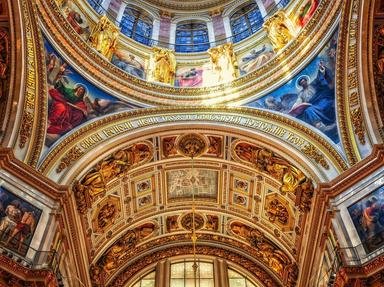Quiz Answer Key and Fun Facts
1. Which Old Testament book refers to a prophesy that notes of a price being paid to a "good shepherd" for betrayal? The Gospels (Matthew 26:15) and Christian tradition often interpret this as a fulfillment of prophesy because of Judas Iscariot receiving 30 pieces of silver for his betrayal of Jesus.
2. True or False: According to the Bible, Judas Iscariot was one of the twelve disciples of Jesus.
3. True/False: Judas Iscariot was the brother of Jesus Christ.
4. According to Luke 22:3 in the KJV, who or what entered Judas before and during his meeting to betray Christ with the chief priests?
5. The night of the Last Supper the disciples came to Jesus in order to get him ready to eat at the home of a friend, thought to be John the Apostle. What Jewish holiday were they celebrating?
6. What is the informal Catholic term used for Wednesday of Holy Week, which directly refers to the day Judas Iscariot betrayed Jesus?
7. The quality of silver used to pay off Judas Iscariot for marking Jesus is of interest to note. Although no one really knows which type of silver was actually used in this transaction, what was the most likely form of silver used during the time in Jerusalem when Jesus was alive?
8. What was the name of the supreme legislative and judicial branch in ancient Judea that was made up of 71 sages who would meet in Jerusalem's Temple?
9. The surname "Iscariot" is generally and traditionally thought to be an indication of the place of origin of Judas Iscariot and his family, rather than suggesting that he would have belonged to the Sicarii, one of the most radical of Jewish groups.
10. Some say Judas Iscariot felt remorse for his wrong doing. Or did he? Just how did Judas Iscariot die (Matthew 27:5 KJV)?
Source: Author
BullsGold
This quiz was reviewed by FunTrivia editor
looney_tunes before going online.
Any errors found in FunTrivia content are routinely corrected through our feedback system.
